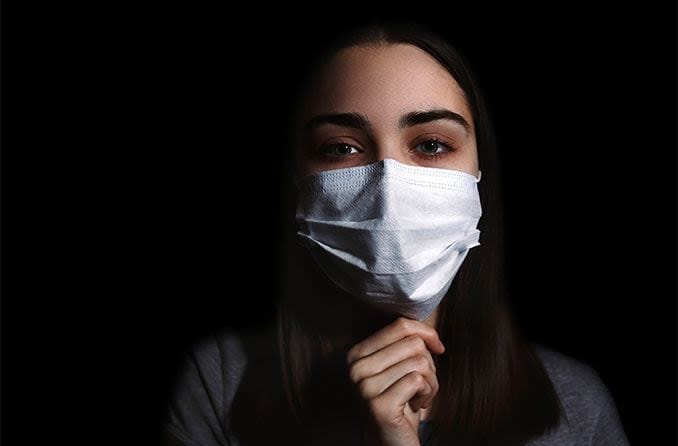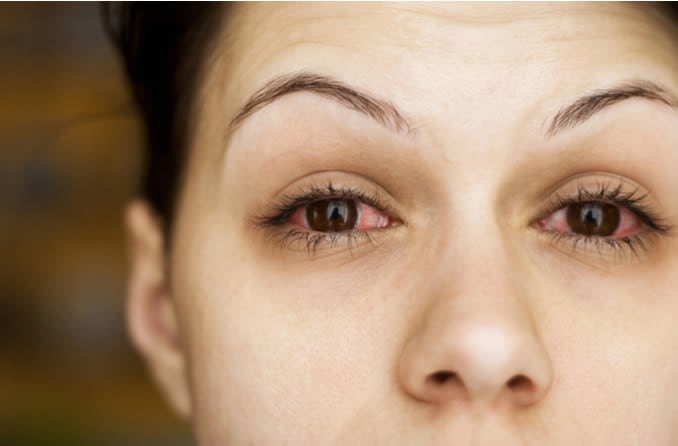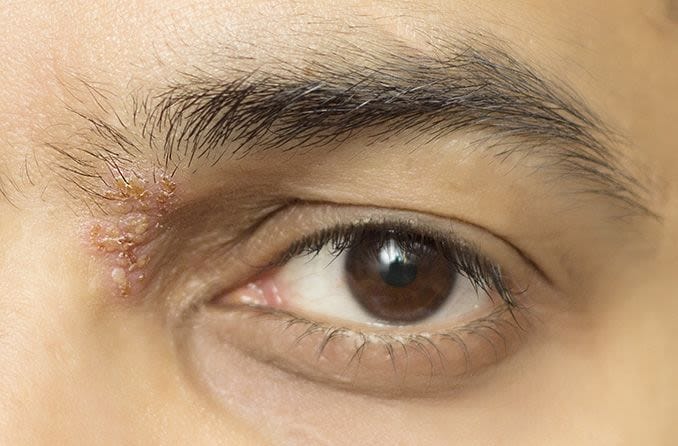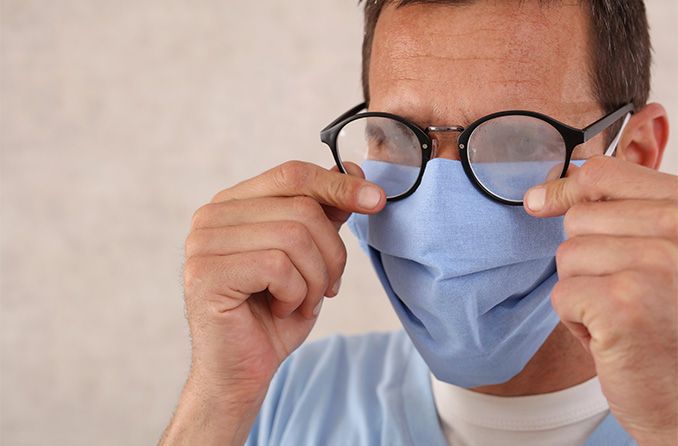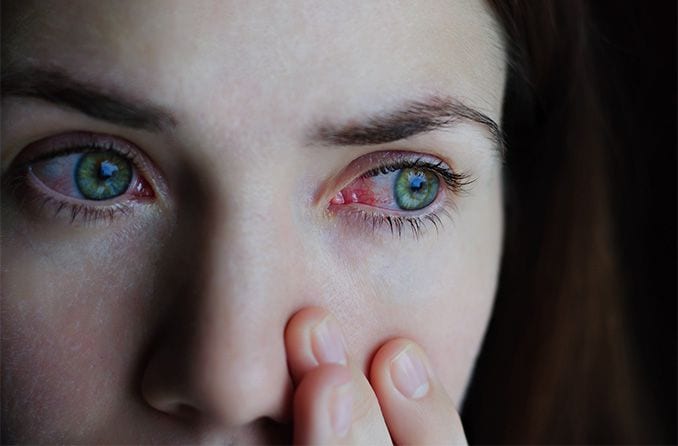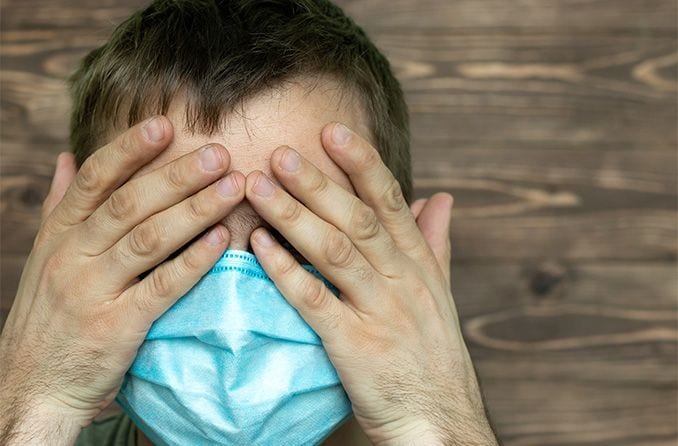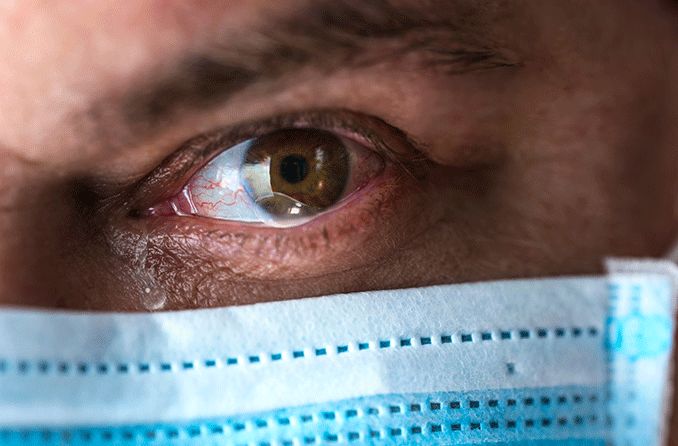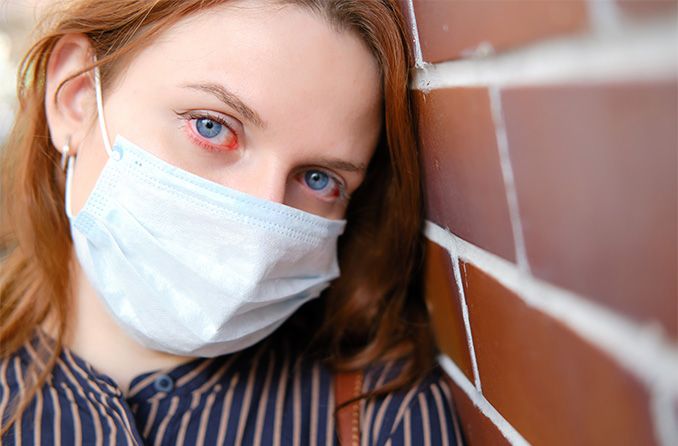Can COVID-19 cause red, itchy eyes from conjunctivitis?
COVID-19 can cause red, itchy eyes from conjunctivitis (pink eye), although this is usually not a common symptom. But some experts suggest that a new COVID-19 Omicron variant called Arcturus may increase the risk of conjunctivitis in young patients.
Eye doctors are taking notice of a potential rise in COVID-related eye symptoms with the Omicron XBB.1.16 subvariant, also called the “Arcturus” variant. Past COVID-19 studies have found that eye symptoms occur in only about one in 10 patients.
But some health experts, and a recent article, have suggested that it may make sense to test for COVID-19 if someone has pink eye, especially with respiratory symptoms. This appears particularly true for children.
What do we know about COVID-19 and conjunctivitis?
When COVID-19 infection causes eye symptoms, conjunctivitis is the most common cause. But eye issues are not reported as frequently as fever, runny nose, cough and fatigue. The Omicron XBB.1.16 subvariant has some experts indicating that this may change, particularly in children.
An April 2023 news publication from the Mayo Clinic reported that the Arcturus variant appears to cause red, itchy eyes — symptoms of pink eye — in young patients.
Although it was not peer-reviewed at the time of publication, an article published in April 2023 reported similar findings. Nearly half of the COVID-19-positive infants examined at a children’s hospital in a city in North India had signs of conjunctivitis. They noted that the eye symptoms occurred alongside the more common symptoms, such as runny nose and fever. India has had a COVID-19 surge, which doctors believe is due to the Omicron XBB.1.16 subvariant.
The implication is that the Arcturus variant may affect the eyes more than past COVID-19 variants. But other experts have cautioned that itchy, red eyes are common in the spring due to seasonal allergies, and it is not yet clear whether the new variant is causing pink eye symptoms. With that said, they still recommend testing to rule out COVID-19.
What are common eye symptoms of COVID-19?
A recent meta-analysis looked at the most common eye symptoms reported in nearly 40 studies by more than 8,000 patients with COVID-19. It found that conjunctivitis was by far the most common eye condition — reported in 90% of cases when the eyes were affected during a COVID-19 infection.
The most frequently reported eye symptoms were:
Dry eye or foreign body sensation (16%)
Eye redness (13%)
Tearing (13%)
Itching (13%)
Eye pain (10%)
Discharge (10%)
The conclusion of the analysis was that about one in 10 COVID-19 patients show at least one eye symptom. As more information becomes available about the Omicron XBB.1.16 (Arcturus) variant, the frequency of COVID-19-associated conjunctivitis will become better understood, and additional studies will reflect the new data.
How does COVID-19 cause conjunctivitis?
Conjunctivitis is an inflammation of the thin, clear tissue that covers the inside of the eyelids and lies above the whites of the eye. Researchers have found that the COVID-19 virus is present in the eye’s tear film. Exposing the conjunctiva to a virus can cause it to become inflamed and irritated.
Symptoms that usually accompany conjunctivitis include:
Redness
Watery eyes or eye discharge
Itching
Overall swelling and irritation
It is difficult to know if a particular virus is the cause of specific symptoms. But it is not uncommon for viruses that cause a respiratory illness to also cause conjunctivitis.
What is the COVID-19 Omicron XBB.1.16 (Arcturus) subvariant?
The XBB.1.16 is a subvariant of the Omnicron variant, which began to spread in November 2021, overtaking the Delta variant. It has now been reported in more than two dozen countries. In India, in particular, it has caused an increase in COVID-19 cases. In April 2023, the XBB.1.16 variant was designated as a “variant of interest” by the World Health Organization.
The COVID Data Tracker on the Centers for Disease Control and Prevention website states that, as of April 2023, XBB.1.16 is responsible for about 10% of cases in the United States. And 75% of cases in the United States are still due to the XBB.1.5 variant. Other variants of Omicron cause the remaining 15% of cases.
It is expected that the percentage of COVID-19 cases caused by the Arcturus variant will continue to grow.
How to lower your risk of COVID-19 and viral conjunctivitis
The COVID-19 virus is spread mainly through contact with respiratory droplets. There are several simple ways to prevent the spread of viral infections.
To help prevent spread:
Wash your hands frequently.
Don’t go out in public if you are sick, and avoid close contact if others are sick.
Avoid touching your eyes, mouth or nose.
Direct sneezes away from other people.
Wear a face mask when possible.
Disinfect surfaces regularly and use hand sanitizer.
If you suspect that you are infected with COVID-19, take a test to prevent spreading the virus to others.
When to see a doctor
If you or your child have cold or flu-like symptoms and/or symptoms of pink eye, it may be beneficial to contact your doctor’s office in addition to taking a COVID-19 test.
Currently, conjunctivitis is not a common symptom in individuals with COVID-19. But with the likely spread of the “Arcturus” variant and the potential that this variant increases the risk of conjunctivitis, it is possible that conjunctivitis may be added to the list of common COVID-19 symptoms, particularly in children.
